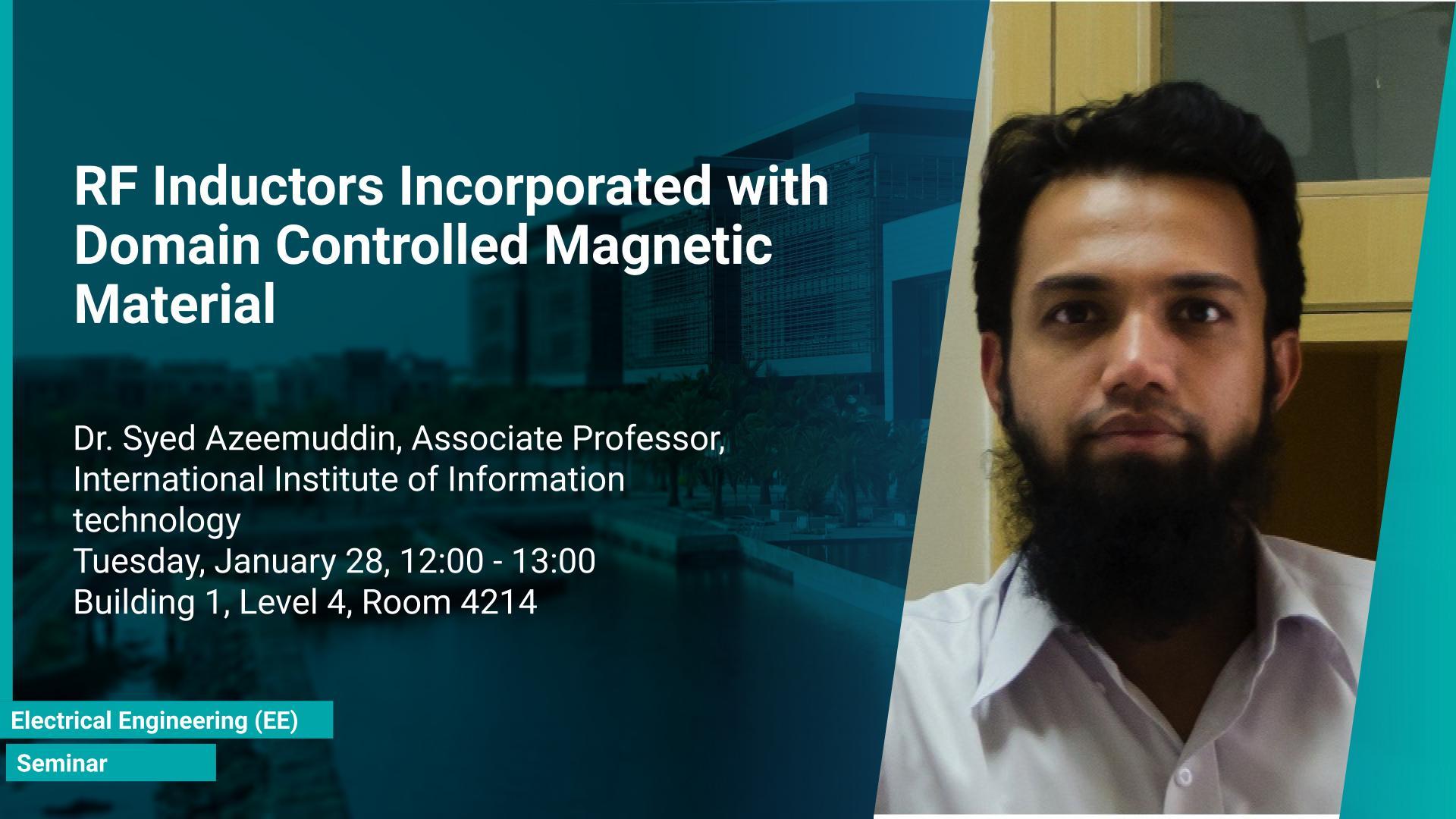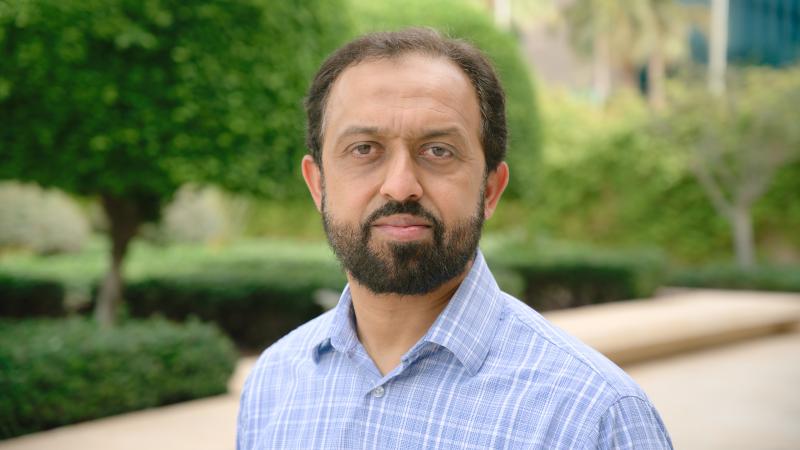Abstract
Incorporating ferromagnetic materials into on-chip passive devices is a promising approach to improve device performance at high frequencies. For instance, integrated RF inductors with ferromagnetic materials could have higher quality factors and occupy smaller chip area, which are important factors in complementary-metal-oxide-semiconductor (CMOS) technology developments. As a result, research efforts on ferromagnetic materials for high-performance on-chip inductors have been active. Many challenges remain despite a lot of progress. A fundamental one is the RF characteristics of on-chip ferromagnetic films, in which field-driven domain-wall motion and domain magnetization rotation are the two basic physical processes that play crucial role in device performance boosting. The characterization investigations usually ignore domain structures in the materials while the modeling studies follow traditional phenomenological approaches to describe magnetic films. On the other hand, the ultimate goal in high frequency circuits like radio frequency (RF) front ends of transceivers is to obtain a single chip solution, but this is not feasible as the inductors used are always a problem as it occupies large area. For example, in 2.4 GHz Wireless Local Area Network (WLAN), the passive components mainly inductors consume about 60% of the chip area.
Clearly, it is of great interest to characterize the basic dynamic processes, i.e. field-driven domain-wall motion and magnetization rotation, so that the dynamic process could be clarified and models could be established based upon these basic processes. New design approaches could be revealed. In this talk we will see patterned ferromagnetic films control of film aspect ratio which changing film demagnetizing fields increasing the ferromagnetic resonance (FMR) frequencies, Physical separation of two domain dynamics viz. domain wall motion and magnetization rotation incorporated with spiral inductors. Measurement results achieved showing 70% boost in inductance at frequencies between 2 GHz - 6 GHz.
Brief Biography
Syed Azeemuddin has done his B.E from MJ, Osmania University in 2003 and MS & PhD from Southern Illinois University Carbondale, USA in 2005 and 2008 respectively thereafter joined as faculty member at the Center for VLSI in IIIT-Hyderabad. He has been active in two research areas viz. Radio Frequency Integrated Circuits & Devices and All-Optical Devices using Ring Lasers. He is member of various professional societies viz. IEEE, OSA, IETE, VLSI Society of India. Along with his teaching and research in these areas he has been active in over-all development of society for eternal success. He is serving society by various methods like Publishing in High Impact Journals and Conferences, Teaching and Conducting workshops, being reviewer of various conferences and Journals etc. He is recipient of Gold Medal award from MJCET, Osmania University, Masters Fellowship award and Doctoral Fellowship Award from SIUC, USA and Visvesvaraya Young Faculty Award from MHRD, Government of India. Currently he is an Associate Professor and Head of CVEST and working on On-Chip RF Inductors, RF Bio-Sensors, High Energy Systems and RADAR Detection.

